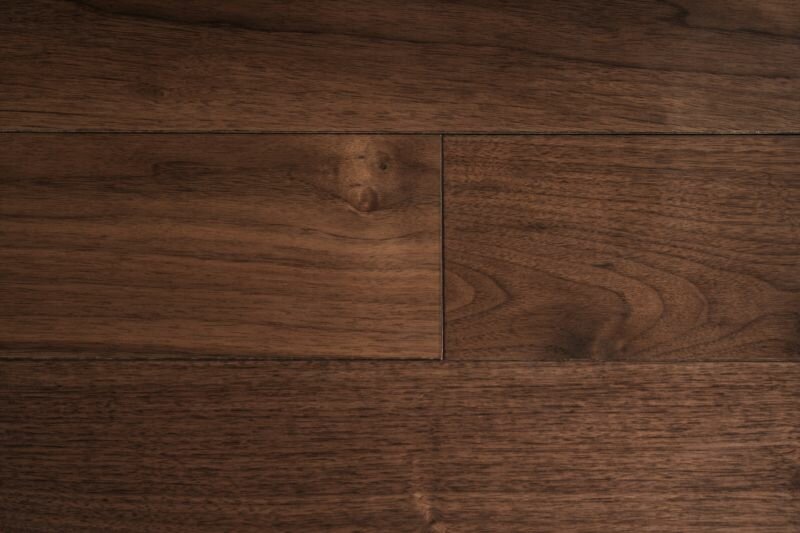To the untrained eye wood flooring that has been fitted correctly must look alike. Look under the hood though and you will discover different types and various considerations. As a professional tradesman it is important to understand the various types as technology and trends change over time.
Wood Flooring Type:
The most important decision when fitting wood flooring is choosing the right type to start with. Wood flooring is available in solid construction or in varied engineered construction. In some cases either type will suit well, however in others only one type will provide the service life that a property owner would expect.
1st Type Solid Wood Flooring – These are the traditional wood flooring that until just a few years ago were also your only option. Each plank is made from solid hardwood such as Oak and Walnut. This construction benefits from extreme strength and durability. Service life can exceed 100 years if the floor is cared for and you will be able to sand and recoat the wood many times over its lifetime thereby making it look new again. However, it does not suit conditions of fluctuating temperatures or areas that experience wet and humid conditions such as certain types of extensions, the bathroom area and certain kitchens. If these limitations are not a factor in your home improvement project, solid wood flooring will suit fine.

2nd Type Engineered Wood Flooring – These were first introduced in commercial properties to overcome the natural limitations of solid wood. They quickly found their way to residential properties. Each plank is made from a layer of solid wood (as the top layer) supported by syntactic materials. This construction means that when fitted an engineered plank looks precisely like solid, however looks aside it does suit in areas that experience varied and fluctuating conditions. Its drawbacks are reduced service life and a limited ability to sand and recoat the plank. Sanding removes a 1mm layer of wood therefore the number of times an engineered plank can be sanded will depend on the thickness of the solid layer (typically between 3mm to 6mm thick).
Buyers of wood flooring that have fitted the wrong type will often witness an expedited service life which could have been avoided by seeking professional advice.
Guide by hardwood flooring seller Wood and Beyond. Timber and hardwood company offering solid wood worktops, flooring and decking. Its products are FSC sourced. For more information on wood flooring types and technology, you can read the wood and beyond blog.


Recent Comments